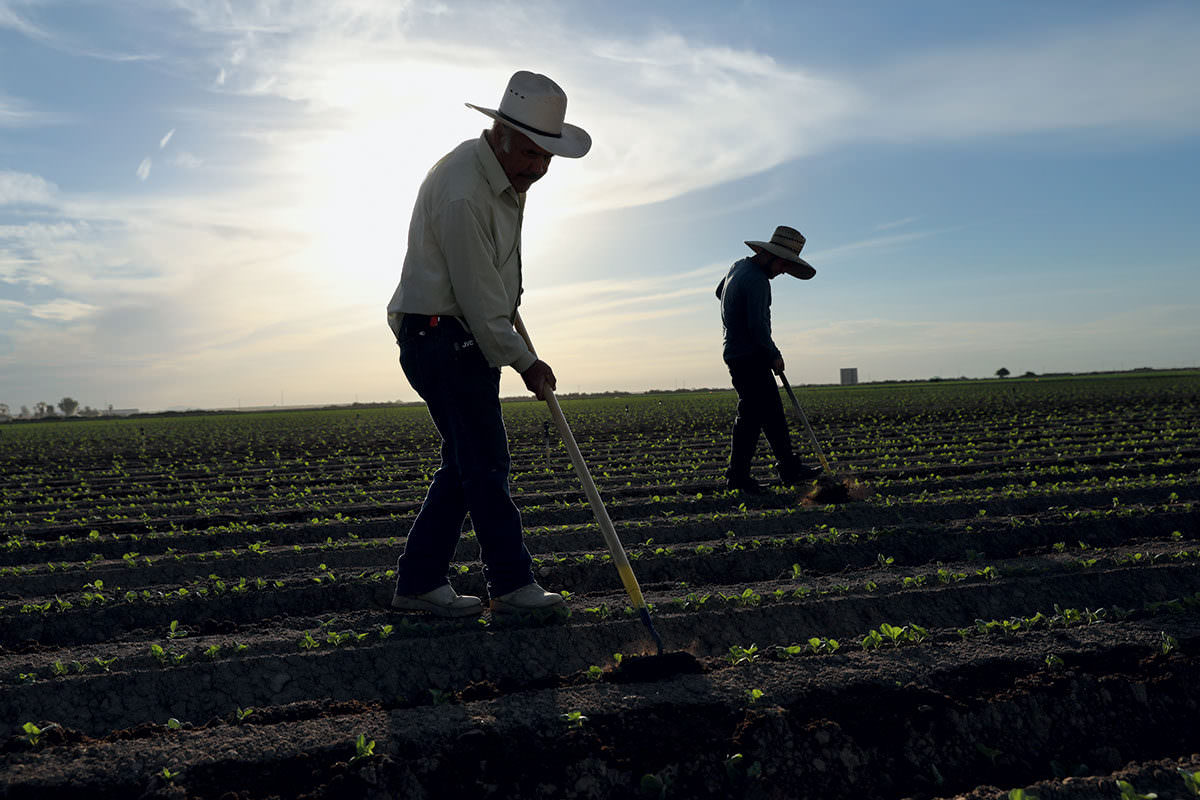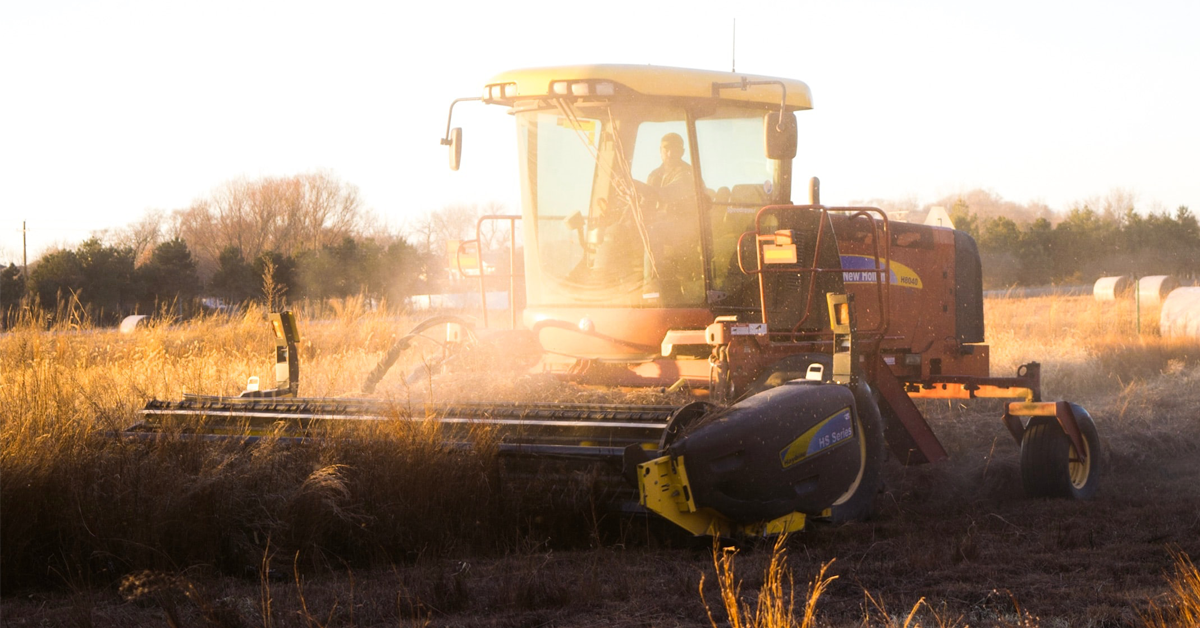With the state dealing with a severe drought in recent years, California begins this month with the most snowfall it has seen in over 40 years. And this is just the start for the state’s peak snow season.
Why it matters: California has hit new depths in its snowpack which is promising for uplifting the state’s water supply, while also growing concerns for flooding and other potential hazards in the coming months.
- On Wednesday, the Sierra snowpack hit 205% above the normal average for that date. Comparing to the April 1st average, which is typically the peak of the deepest snowpack in California, it is up 128%. Looking at the Phillips Station close to South Lake Tahoe, snow levels reached 193% above the average for the date as well.
- California relies on the snowfall to provide nearly one third of its year-round water supply. As the summers do not provide much rainfall, the melting snow helps fill the states reservoirs and rivers in order to supply farmers and cities with water.
- The recent storms that hit the state have moved California out of the worst two categories of drought where within the last three months, 43% of the state was under these categories. While the drought may seem to be over, there still needs to be a continuous amount of water hitting California land to end the never ending drought in the state.
Taking a look ahead: The state is beginning to come out of a major rain storm that lasted from the end of December through January. This rain storm provided trillions of gallons of water into the state covering the mountain tops in crisp white snow.
- While the snowpack has reached new heights, it is still unsure if this will be the peak for the season or if more snow is coming. If the snow begins to melt too rapidly, flood management may have to take effect and the dryness of the state may come back in a blink of an eye.
- Currently California remains to have an equal chance for both wetness or dryness through the month of April. The fear of both flood and droughts also comes along with much of the water evaporating as the atmosphere dries up due to climate change.
What we’re hearing: The Department of Water Resources director Karla Nemeth commented on this topic sharing her concerns for the future regarding if the recent snowfall is enough to put the state’s drought in the past. On the flip side, lead scientist Andrew Schwartaz at UC Berkeley Central Sierra Snow Lab shares his optimistic outlook the the record depth of the snowpack.
- “We really don’t know, here on Feb. 1, whether or not this is the peak of our of our snowpack,” DWR director Karla Nemeth said. “While today’s results are good news for water supplies, we know from experience how quickly snowpack can disappear if dry conditions return in the months ahead.”
- “Generally when we get to that average point, it’s much later in the year,” said lead scientist Andrew Schwartz. “We’re hitting that effectively three months ahead of schedule, which is absolutely fantastic. We’re definitely in a terrific position going forward.”











